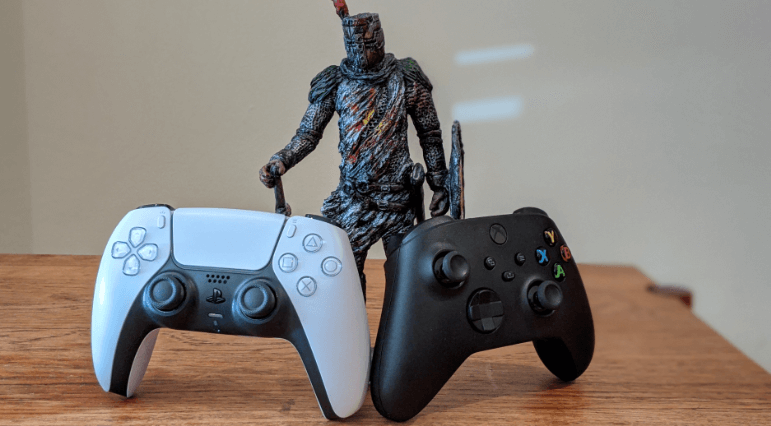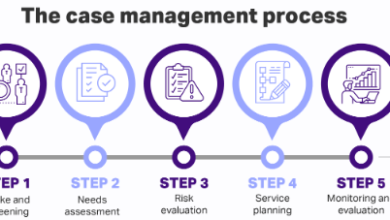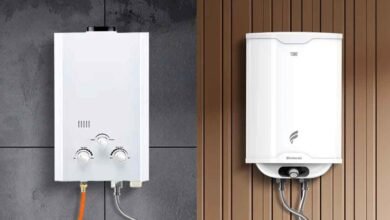
Controller Wars: PS5 DualSense vs. Xbox Elite 2 – A Data-Driven Comparison of Button Longevity
The gaming controller is arguably the most vital piece of hardware in any gamer’s setup, serving as the physical conduit to the virtual world. When investing in a high-end peripheral—such as the innovative PS5 DualSense or the professional-grade Xbox Elite Series 2—gamers expect exceptional longevity to match the hefty price tag. Yet, beneath the premium plastics and sophisticated electronics lies a vulnerability: wear and tear. Problems like stick drift, degraded trigger sensors, and button failure are rampant, turning a high-end investment into an expensive frustration. This article moves beyond subjective “feel” to deliver a data-driven comparison of the two giants, examining the key hardware differences that determine true controller durability test performance and ultimate lifespan. We will rely on objective diagnostics, starting with a rigorous gamepad tester, to uncover which controller truly offers the best longevity in 2024.
I. Hardware Foundations: The Durability Battleground
To understand longevity, we must first look at the components that inevitably fail under high-stress gaming. The biggest points of contention are the analog sticks and the triggers.
A. Analog Sticks: The Drift Debate (Potentiometers vs. Hall Effect)
Both the PS5 DualSense and the Xbox Elite 2 primarily use traditional potentiometers (variable resistors) to measure stick position. This technology is the root cause of 90% of stick drift issues.
- The Problem: Potentiometers rely on physical contact between a wiper and a resistive track. Friction from repeated use wears down the carbon track, causing resistance values to fluctuate even when the stick is stationary. Dust and debris accelerate this wear, leading to phantom inputs and forcing the player to fight their own controller.
- Longevity Comparison: While the Elite 2 utilizes a higher-quality variant (usually rated around 2 million cycles) than the standard DualSense (often rated lower), the fundamental vulnerability remains. In the durability battle, both controllers share the same Achilles’ heel until a widespread shift to non-contact Hall Effect sensors occurs.
See also: Exploring The Role Of Oled Manufacturers In Modern Technology
B. The Triggers: Mechanical Resistance and Sensor Quality
The trigger mechanisms are the second major point of failure, but they fail in different ways.
- Xbox Elite 2 Triggers: Feature a robust, mechanical design with trigger stops and physical feedback. Longevity here is tied to the physical resistance of the spring mechanism and the actuation switch itself.
- PS5 DualSense Triggers: Offer Adaptive Triggers, introducing a complex gearbox and motor mechanism that actively resists the user’s pull. While groundbreaking, this complexity adds more moving parts, making it significantly more susceptible to mechanical failure, especially in high-tension gaming scenarios. The advanced nature of the DualSense’s triggers is an inherent long-term durability risk.
II. The PS5 DualSense: Innovation vs. Longevity Risk
The DualSense is a technological marvel, but its focus on immersive feedback introduces vulnerabilities that affect its long-term viability.
A. Adaptive Triggers: A Durability Trade-Off
The ability to feel the tension of a bowstring or the crunch of a gear shift is incredible, but the internal complexity is a concern for a controller durability test.
- Failure Mode: The microscopic gears and tensioning motor are sensitive to physical shock and excessive force. A controller failure in the Adaptive Trigger mechanism often results in one trigger becoming completely locked or losing its adaptive resistance, severely impacting immersion and functionality.
- The Button Quality: The face buttons (Triangle, Circle, etc.) on the DualSense use a standard dome-switch design. While responsive, they typically have a finite lifespan before becoming mushy or failing to register consistently.
B. Analog Stick Performance: The Need for an Independent Check
The widely reported stick drift issue on the DualSense stems directly from the choice of potentiometer. Because the OS applies a large default dead zone, hidden drift can develop long before the user notices.
Actionable Advice: To truly understand the stability of your PS5 controller, you cannot trust the console’s internal calibration. You need to use a dedicated dualshock tester tool to visualize the raw X and Y axis values. This tool provides an objective metric for stick center-point stability, allowing you to catch drift immediately when the values exceed the crucial |0.005| threshold. Monitoring the raw data is the only reliable controller durability test for the DualSense’s analog sticks.
III. The Xbox Elite 2: Premium Build and Consistent Performance
The Xbox Elite 2 is built with professional use in mind, emphasizing robust construction and interchangeable components.
A. Mechanical Advantage: Adjustable Stick Tension and Swappable Components
The Elite 2 addresses the inherent potentiometer problem by offering swappable stick modules and adjustable tension mechanisms.
- Tension Control: The ability to physically increase or decrease the stick resistance is key. While it doesn’t eliminate drift, the stronger tension can reduce the amount of physical wobble and friction, potentially extending the lifespan of the internal potentiometer contacts.
- Component Reliability: The paddles and rear buttons on the Elite 2 are built with high-quality switches designed for constant engagement, a crucial factor for competitive players who rely heavily on these extra inputs.
B. The Diagnostic Necessity: Comparing Input Consistency
While the Elite 2 is generally considered more robust than a standard controller, it is not immune to drift or trigger sensor misalignment. This makes objective verification essential.
Actionable Advice: When assessing the Elite 2 (or any high-end controller), run a rigorous gamepad tester diagnostic. The raw data provided is the ultimate test. Use it to check the full 0.000 to 1.000 range of the analog sticks and triggers. If the stick fails to hit 1.000 (e.g., stops at 0.97), the stick is being mechanically restricted, signaling a deep-seated physical problem. By comparing this gamepad tester data across multiple controllers, you can determine which model batch offers superior raw component quality.
IV. Longevity Verdict and Maintenance for Maximum Lifespan
A. Durability Winner: The Elite 2 (By a Small Margin)
Based on component choices and mechanical design, the Xbox Elite Series 2 offers a marginally superior overall longevity profile, primarily due to its standard, less complex triggers and its built-in options for stick tension adjustment and swappable components. However, this lead is small, as both controllers are fundamentally limited by the same potentiometer technology in the main analog sticks.
B. Maintenance: The Proactive Controller Durability Test
The ultimate key to longevity for both controllers is not the initial manufacturing quality, but the user’s maintenance routine.
- Routine Diagnosis: Adopt a habit of running a gamepad tester check once a month. This takes less than 60 seconds but provides an early warning system for developing stick drift or minor trigger resistance changes.
- Cleaning Protocol: Use high-pressure compressed air and 99% Isopropyl Alcohol to clean around the base of the analog sticks. This prevents dust and human dander from settling on the fragile resistive tracks inside the potentiometer.
- Proactive Replacement: For the Elite 2, utilize the swappable components to replace sticks that show early signs of drift, rather than trying to fix the internal component.



